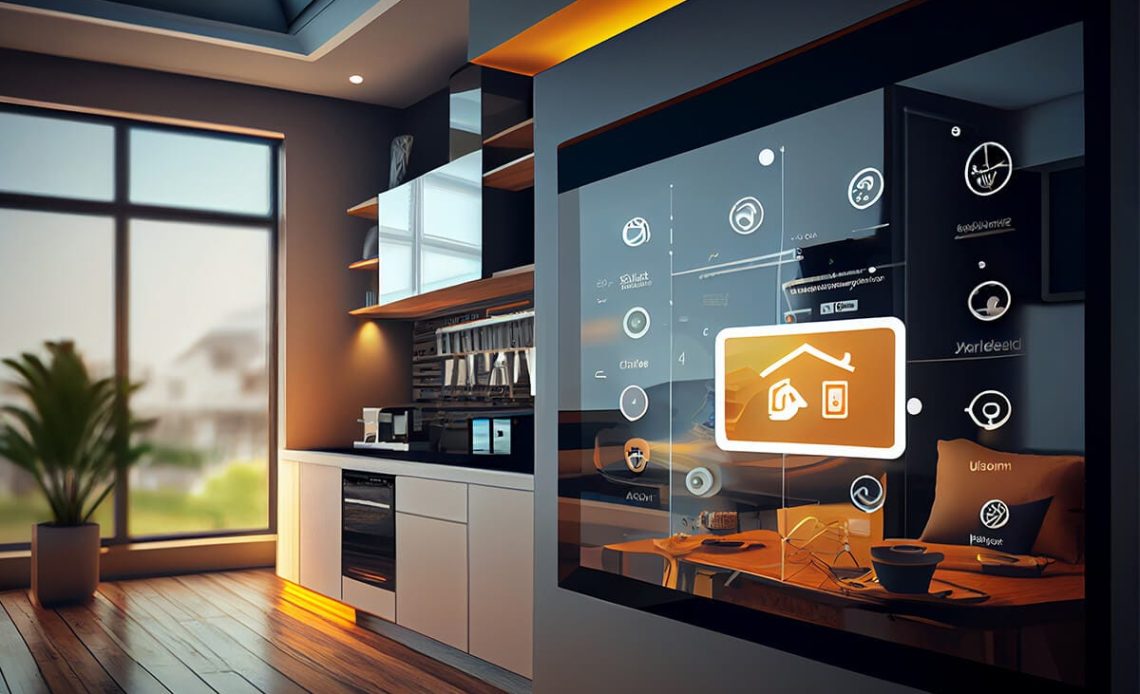In today’s fast-paced world, technology continues to evolve rapidly, reshaping every aspect of our daily lives—including how we live at home. Smart home design has emerged as a revolutionary concept that blends style, comfort, and intelligent automation to create a living space that’s not only beautiful but also highly functional. As homeowners seek greater convenience, energy efficiency, and security, integrating smart technologies into home design is no longer just a trend—it’s becoming a standard.
What Is Smart Home Design?
Smart home design refers to the thoughtful integration of technology into the architectural and interior elements of a home. Unlike simply installing a few smart gadgets, a well-executed smart home design ensures that automation is seamlessly woven into the fabric of your living space. From lighting and climate control to security and entertainment systems, smart home features can be tailored to suit individual lifestyles and preferences.
Key Elements of Smart Home Design
1. Seamless Integration
The essence of smart home design lies in its ability to harmonize with the home’s aesthetic. Devices and systems should blend naturally into the décor without looking bulky or out of place. Recessed lighting, hidden speakers, and touch-panel controls can help maintain a clean, modern look.
2. Centralized Control
A centralized system, often controlled via a smartphone, tablet, or voice assistant, makes it easy to manage various aspects of the home. This can include smart lighting, thermostats, security cameras, smart locks, and appliances. Popular platforms like Google Home, Amazon Alexa, and Apple HomeKit allow homeowners to customize routines and settings based on their needs.
3. Energy Efficiency
Smart home design prioritizes sustainability. Automated lighting and thermostat systems can significantly reduce energy consumption. Smart blinds that adjust to sunlight and occupancy sensors that turn off unused lights are small changes that contribute to a greener lifestyle.
4. Enhanced Security
Smart security features are a cornerstone of modern home design. Video doorbells, motion detectors, smart locks, and remote monitoring tools provide peace of mind. These systems can alert homeowners in real-time and even allow them to communicate with visitors or control access from anywhere in the world.
5. Personalization and Comfort
With smart home technology, homeowners can personalize their environment. You can set preferred lighting scenes, adjust room temperature, or play your favorite playlist as you walk in the door—all automatically. This level of comfort elevates everyday living to a luxurious experience.
Benefits of Smart Home Design
Convenience
One of the most obvious benefits is the sheer convenience. Whether it’s scheduling your coffee maker to brew before you wake up or controlling lights with your voice, smart home features make life easier and more enjoyable.
Increased Property Value
Homes equipped with smart features are increasingly attractive to buyers. A well-designed smart home can significantly increase property value and market appeal, especially among tech-savvy or environmentally conscious buyers.
Improved Energy Management
Smart thermostats like Nest or Ecobee learn your habits and adjust settings to maximize energy efficiency. Over time, these savings add up and can lead to lower utility bills.
Future-Proofing Your Home
Investing in smart home design today prepares your home for tomorrow’s technology. As more devices become compatible with smart ecosystems, having a robust infrastructure in place ensures your home remains up-to-date and functional.
Tips for Designing a Smart Home
- Plan Early – Incorporate smart technology at the design stage or during renovations. It’s easier to install wiring, sensors, and central control systems when walls are open.
- Prioritize Your Needs – Decide which features matter most to you. Whether it’s security, energy efficiency, or entertainment, focusing on your lifestyle helps create a tailored solution.
- Choose Compatible Devices – Stick to devices that work within the same ecosystem to ensure a smooth user experience.
- Consider Scalability – Your smart home should be able to grow with your needs. Choose systems that allow for easy expansion and upgrades.
Conclusion
Smart home design represents a new era in residential architecture—one that combines intelligence, aesthetics, and efficiency. As technology becomes more advanced and accessible, integrating smart features into your home is not just a luxury but a wise investment. Whether you’re building a new house or renovating an existing one, smart home design is the key to creating a future-ready, comfortable, and sustainable living environment.




